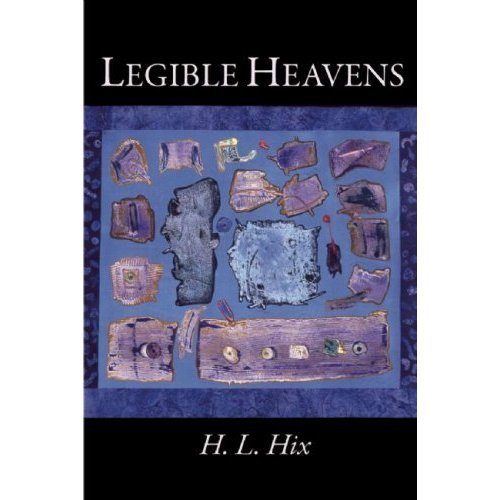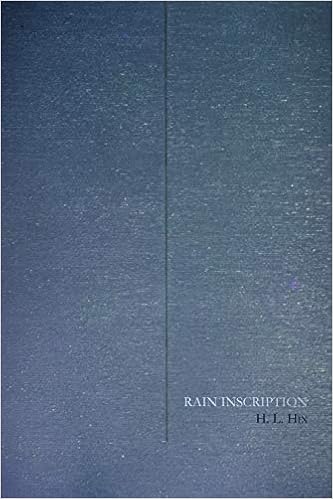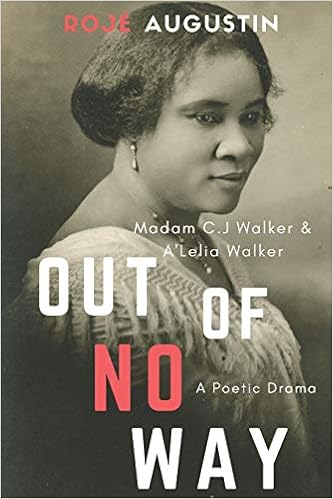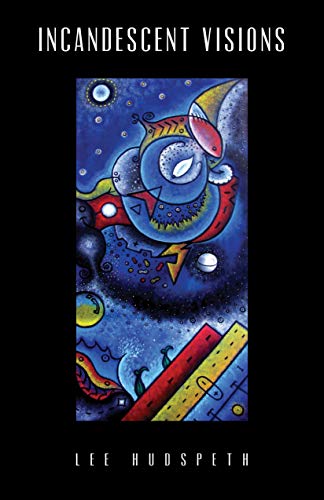Today’s guest is H.L. Hix, author of The Gospel according to H.L. Hix. The book itself is likely to receive some skepticism at the very least given the subject matter, but readers should consider how this book came into being before judging it. “Hix has gone back to the original source materials, both the canonical and noncanonical gospels and histories and stories of the life of Jesus,” according to the synopsis.
First we have to talk about the elephant in the room–though that might not be the most polite term for Jesus! For many millions of people around the world, Jesus is the Son of God, the divine source of their salvation, his story told in the familiar four gospels of the Bible, and any tampering with that story understandably will be met with suspicion, distrust, even hostility.
So let’s begin with what this book isn’t. H. L. Hix covers this in detail in his Introduction to “The Gospel,” but for now it’s enough to say that this isn’t Jesus Christ, Superstar, or The Last Temptation of Christ. Nothing in this Gospel secularizes or desacralizes Jesus Christ. You don’t get less of the divine Jesus here, you get more.
That’s because Hix has gone back to the original source materials, both the canonical and noncanonical gospels and histories and stories of the life of Jesus, and created out of them a single, more comprehensive and nuanced narrative. A good analogy is to film editing. Most movie directors shoot more film than ever makes it into the version we see on the screen, film that ends up on the editing room floor, the result of commercial decisions often far removed from the director’s vision of the film. Occasionally the director gets the chance to re-edit the film to restore that lost material, producing a “Director’s Cut” that may be very different from the commercial film release. So we can think of “The Gospel” as an ultimate “Director’s Cut” of the story of Jesus, with all of those bits that didn’t make the official version (edited by early church leaders to serve a specific agenda) at last restored.
Something for those enthusiasts who want to dig deeper, to know more. But that’s not all he’s done. Among other virtues of his “Gospel,” Hix has restored the meanings of essential words as they would have been understood by contemporary audiences when the source materials were first written, overcoming what he calls “translation inertia”, the tendency to retain a translation over time even after the sense of the word has changed for current readers. Thus “Lord” becomes “Boss”, and the apostles “apprentices”, changes that allow for a novel understanding of the role of Jesus and of believers’ relationship to him.
Also of crucial importance, Hix has eliminated gendered language wherever possible, in the process inventing new terms that decouple our understanding of Jesus and divinity from the limitations of gendered human bodies and relationships. Thus “Son” becomes “Xon”, for example, a form of literary transubstantiation that renders the divine even more transcendent, in the process opening the Gospel and its promise of salvation to greater inclusivity. Gospel, of course, means “good news.” And the very good news of THE GOSPEL ACCORDING TO H. L. HIX for believers and for non-believers alike, is that what has been called “the greatest story ever told,” the life of Jesus, just got greater.
Please give H.L. Hix a warm welcome.
One of my most vivid memories from childhood in a devout evangelical Christian home has to do with holiday visits to the even more devout home of my paternal grandparents. Celebrations of Christmas there always included plenty of presents, the accumulated results of Grandmama Hix’s year-long labor. She began in January scouring Saturday morning garage sales for unopened six- packs of tube socks, or broken toys Granddad Hix could repair. Someone else’s grandchild may have outgrown this pair of pjs, but they’d fit one grandchild or another of hers. This shirt might not be in fashion any longer, but it was still in good shape. Not one present was opened, though, and not one grandchild threw one wad of wrapping paper into the fireplace to watch the flame change color, until after the reading of what was simply referred to as “The Christmas Story.”
Everyone (aunts and uncles, all those rambunctious cousins I was always afraid of) gathered in one room and listened to Granddad Hix intone, from a script he himself had compiled and typed out at some point long ago, the King James version of the passages leading up to and recounting Jesus’ birth, from the three synoptic gospels, arranged into a single composite narrative. (It was the unmodernized King James version: I remember the archaic phrase “on this wise” from the beginning, “Now the birth of Jesus Christ was on this wise,” and the word “holpen” somewhere in the middle.) To a little boy of, say, seven, it seemed to go on forever, but surely my grandfather would have said that’s the point.
My paternal grandfather would not have approved of The Gospel, my edition and translation of the gospel, just published by Broadstone Books. He would have objected at least to its merging canonical with noncanonical sources, and its referring to God and Jesus without assigning them masculine gender. Probably also to much else.
In at least one way, though, it draws on his example.
His compilation of the various accounts of the nativity in the synoptic gospels into a single narrative was a hands-on approach to the gospel. My premises don’t line up with his: just as one example, his compilation of the nativity stories fulfilled his belief that the canonical gospels, as the inspired and infallible Word of God, possessed an inherent harmony that he had only to discover in his compilation; my redaction of various gospels, canonical and noncanonical, acts out my suspicion that a “conversation” among evocative texts will be itself evocative. Such discrepancies in our premises notwithstanding, our active engagement with the gospel is not without kinship.
My reasons for paying attention to the gospel differ radically from his, as does my understanding of what I’m paying attention to when I pay attention to the gospel, but for my sense that in paying attention to the gospel I can, and should, pay attention actively, he was an important model.

In my 2008 poetry collection Legible Heavens, one of the sections, “Synopsis,” consists of poems based on selected incidents and teachings from the gospels, canonical and noncanonical. By “based on,” I mean that the poems attend with great care to the source (e.g. I went in each case to the original language), but does not attempt simply or straightforwardly to translate it.
For example, “One Sparrow” casts in the form of a villanelle an incident from the Infancy Gospel of Thomas, in which the child Jesus, reprimanded by an elder for molding sparrows from clay on the Sabbath, claps his hands, upon which the molded sparrows fly away. The original is told by a human observer, in the third person, in prose, but in my poem the first-person speaker is one of the sparrows.
O
As for The Gospel itself, my research focused on gathering as many extant gospels, and fragments of gospels, as possible. Once the gathering was more or less complete, I began to translate portions, and to arrange them: this translation/arrangement process was reciprocal and ongoing.
I kept a chart of sections to be translated, but kept “shuffling” translated sections so that the order of sections changed and developed continuously. Similarly, I began with the most literal translation I could manage for each individual section, but modified translations to incline sections toward one another as they became part of the larger, growing whole. My translations got “looser” as their acclimatization to the whole advanced: that is, the integrity of the whole trumped “sticking to the text” of any one portion. After all the individual units had been translated and had entered the whole, the revisions took ever greater liberties, in the sense that they sought beholdenness not to the Jesus of any one passage or any one source gospel, but to the Jesus who lived and spoke in this gospel.
I don’t mean anything to which my paternal grandfather would have granted validity, but I do mean it seriously, when I say I tried in the process of composing this gospel to listen to Jesus. My Granddad Hix would not have approved of The Gospel, but it still proves I was listening to him, too, all those years ago.
Thank you for sharing your research and inspiration for The Gospel.














